Whenever I do an event that promotes my pet photography, there are always one or two potential clients that have reservations about booking due to their beloved furry family member’s “unruly” behavior. Whether it be a hyperactive puppy that does not yet know how to sit still or a feline that runs the roost, some owners believe their pets to be impossible to photograph!

But you see, this perspective comes from someone who lives with their critters. Those who specialize in pet photography know just how to work with all sorts of four-legged personalities that find themselves in front of the camera. Here are some tricks for working with the hyper, the untrained, the unruly, or the camera-shy to help you bring out their best sides.
Please note that the tips provided below are not intended as a pet training mechanism or a deep insight into animal behavior – they are only to be used for individual photography sessions.

#1 – A Tired Dog is a Good Dog
Each old saying has a grain of truth to it, and in this case, significantly more than just a grain. An animal that is tired is less likely to have the energy to misbehave! A key tip in working with untrained pets is getting them too tired to exert their boisterous behavior or protest having to stay still. Playing, running, and stimulating the dog, cat, or even parrot before a session will keep them mellower when it comes time to take the photographs.

Depending on how you run your photo sessions, you will either suggest this for your client or proceed to take on the responsibility of doing it yourself. If your client is the one to do this, ensure that they time the play effectively so that their furry family member isn’t so stimulated that the presence of a photographer causes stress or anxiety. The key is to get the animal to the level of tired that they no longer care about what is happening around them. Combined with other techniques as I am about to discuss, this is a sure way to get a great photo session.
Do keep in mind that it certainly depends on the age of the animal you are working with in regards to how long they remain tired or how long one should play. Puppies and kittens tend to tire out very easily, while an adult dog and cat take a longer amount of time. Baby or young animals may also remain tired for less time than an adult counterpart, as their energy comes in bursts.

#2 – Become Boring John or Jane Doe
Unruly animal behavior can often be linked to excitement, overstimulation, or anxiety about something new in the pet’s home or immediate location. Animals communicate with body language and conduct. Because pets cannot speak words to us, their method of expressing emotions is very physical.
Knowing this means that we, as photographers, must find a way to dull the reaction our own presence causes. Allowing pets to become familiar with us is a good way to do so, such as letting a dog sniff us and our equipment or having a cat circle around and check us out. Letting owners interact with the photographer as they would any familiar person can also help the animal become more familiar.

For fearful pets, getting down to their level (sitting on the ground, for example) and letting them come to you is key. Try not to look at them or pay much mind until they become insistent on receiving attention from you. Depending on the personality and temperament of the pet, giving the animal their favorite treat can also aid. Try not to act overly excited or exceptionally grabby or touchy with the pet, as many animals take that as “play”.
#3 – Tap Into Your Inner Mind Reader

The following tip can be applied to all animal photography, whether it be wild animals or domestic. Ensuring that you are always ready to capture the perfect moment whenever it may occur is key. A good way of knowing when to raise the camera and click the shutter is to predict the animal’s behavior.
Much of this does come from experience and exposure to various kinds of pets, but you can often use common sense to figure out what your subject is going to do next. If a dog is about to run, practice your panning technique! If a cat is about to jump from the back of a couch, prepare yourself to capture that action.

#4 – Become an Observer
Sometimes, the best pet photography shots are those in which you play no involvement and sit back as an observant photographer rather than one who dictates the session. It is often to your benefit to sit farther back with a telephoto or zoom lens and not interfere with what proceeds to occur.
This does depend on what your client wants from the photo shoot, what you expect, or what the animal you are working with is like – but certainly, give it a thought!

#5 – Toys and Treats Capture Hearts
Depending on the pet you’re photographing, toys and treats can become your best friend. Though you do not want to overstimulate the pet, keeping their attention can be equally important. Treats, toys, and noises can often do this for you.
You may even be able to teach a dog to sit during your photo session or keep a cat looking at you as you take pictures, depending on how you are with animals. The key with treats is to use high-value treats, a common term used among dog trainers. High-value treats are goodies that the pet finds irresistible, and that becomes a big motivator for them to do what you want.

Certain types of toys can be the same. Toys and noises are also a great way to get alert ears and a happier facial expression.
#6 – Be Creative
This is the most important piece of advice anyone can give you – just be creative. A successful photographer is one who knows how to adapt to any situation thrown their way, and an animal that isn’t behaving is just another circumstance to overcome.

Take your creativity for a spin as you adapt to what you’ve been given, and find new and unique ways to capture the creature’s personality on camera. Whether it’s using a different lens or changing your perspective and composition, doing something new based on what’s happening is a great way to work with animals.
Of course, all animals are different. Your reaction should be based on the individual animal’s personality, reaction, and needs. Pet photographers must display a sensitivity and empathy towards their subject, and act accordingly!
Conclusion
Hopefully, these tips have given you some ideas or inspiration to work with all kinds of animals, mellow and not-so-mellow!

The post 6 Tips for Working with Unruly Animals in Pet Photography by Anabel DFlux appeared first on Digital Photography School.

Digital Photography School












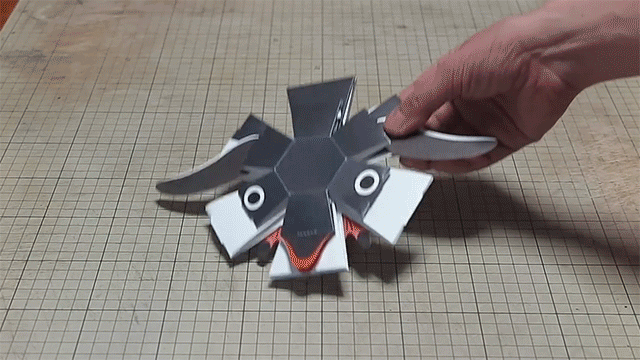
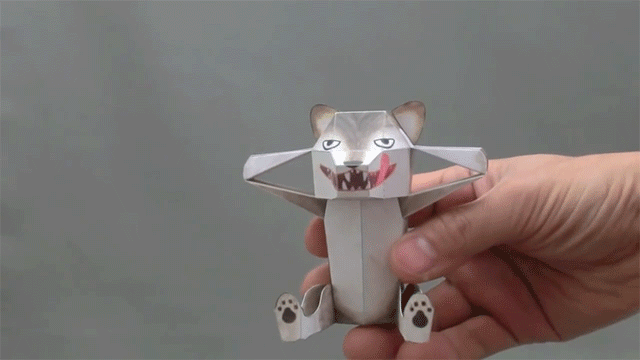

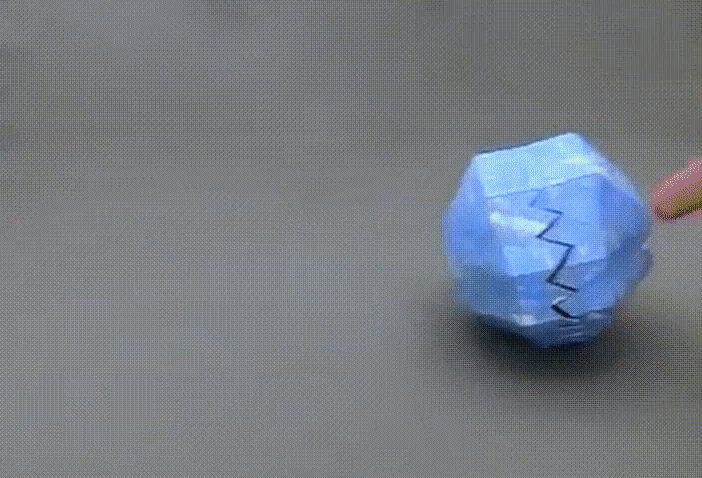
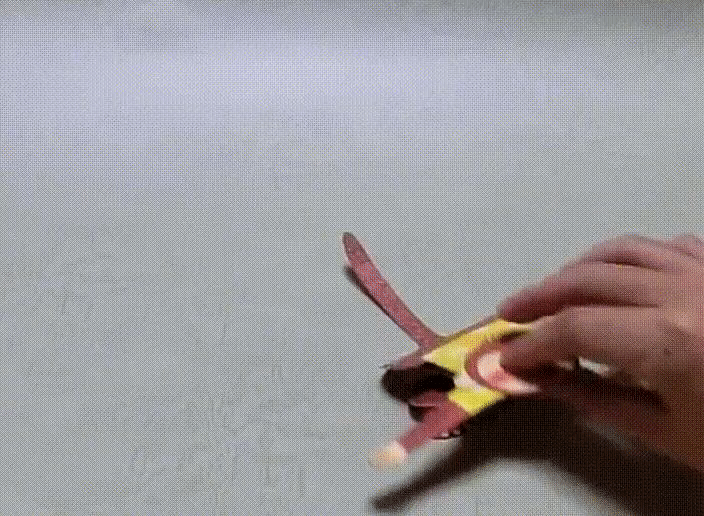
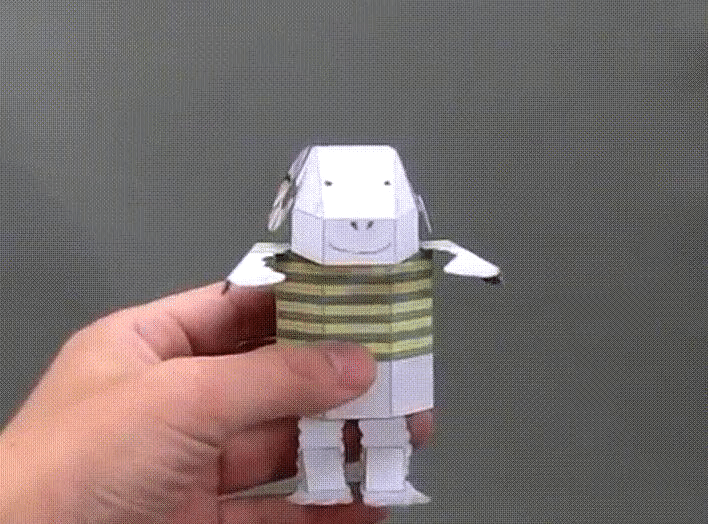












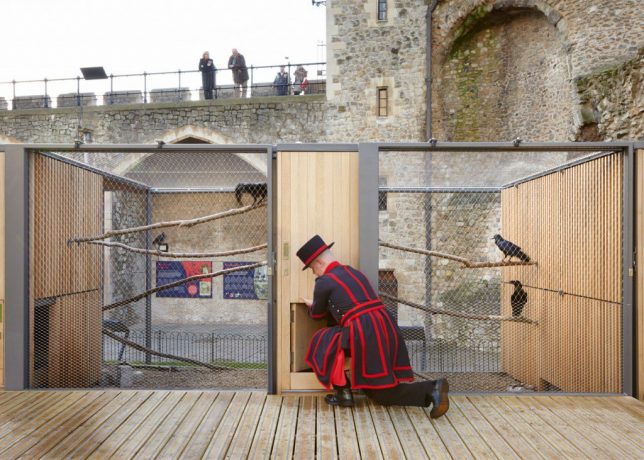
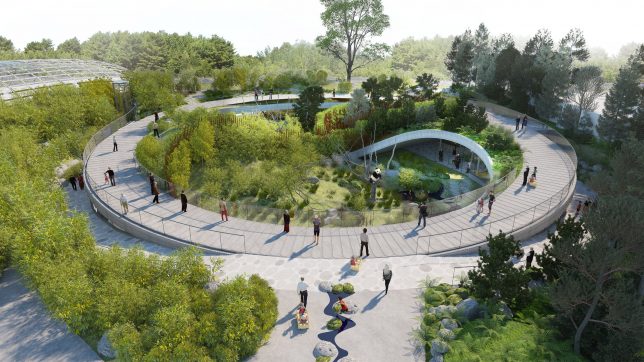
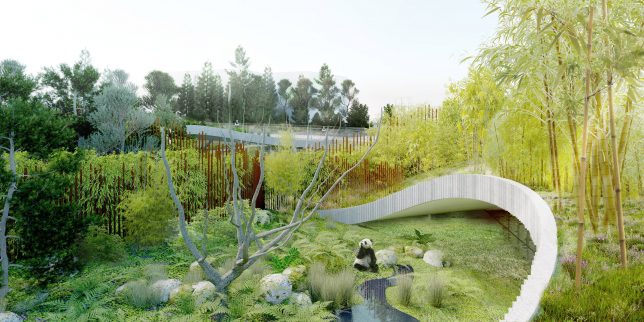
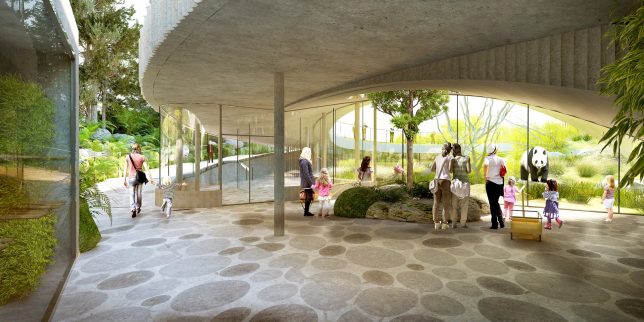
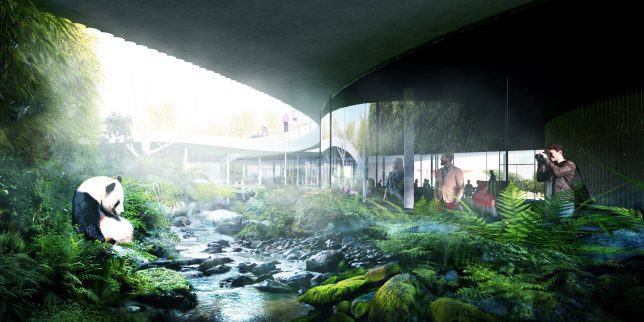
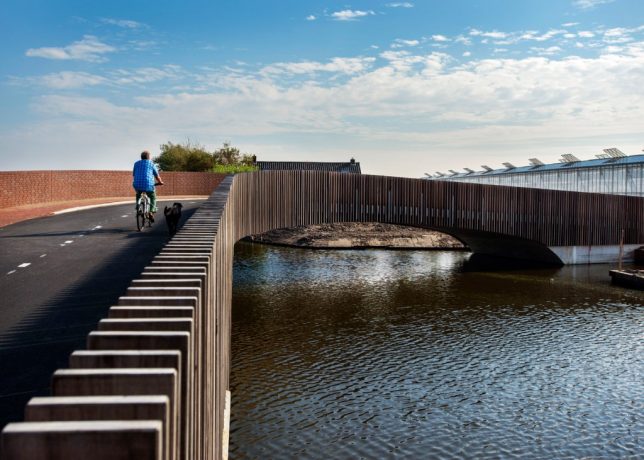

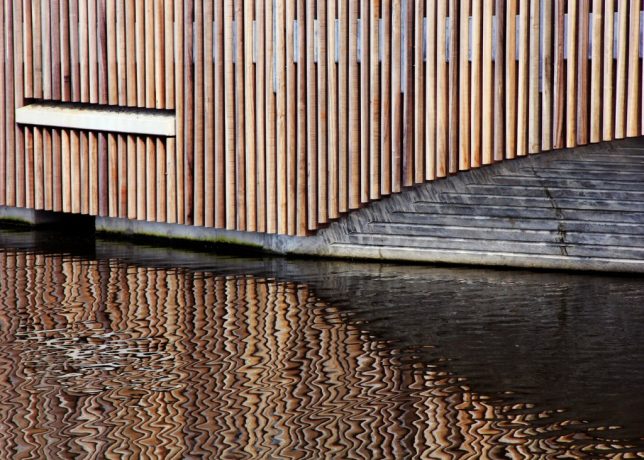
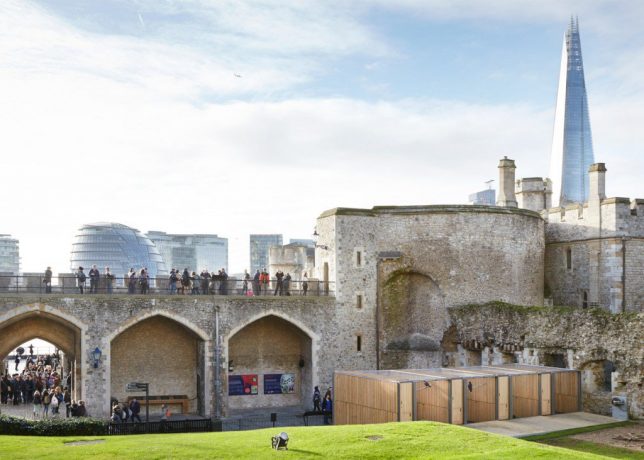
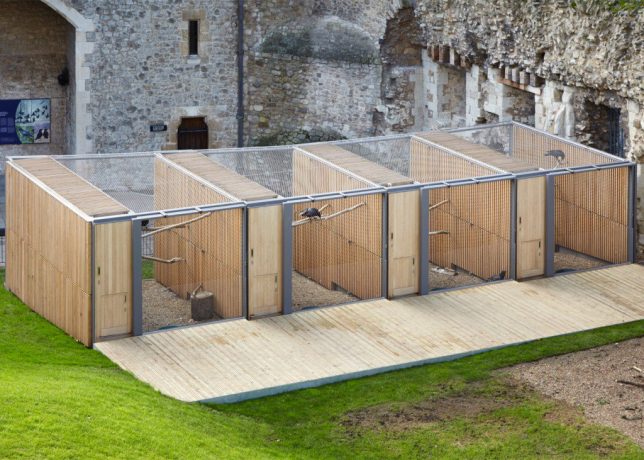
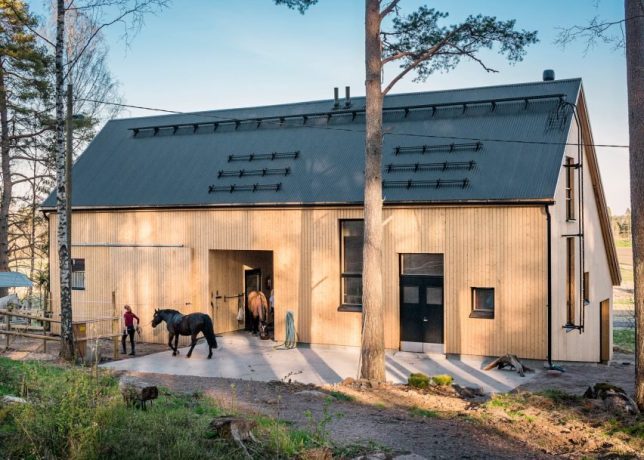
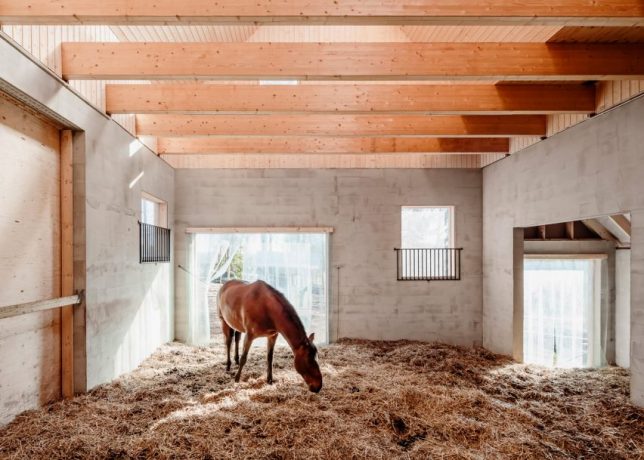
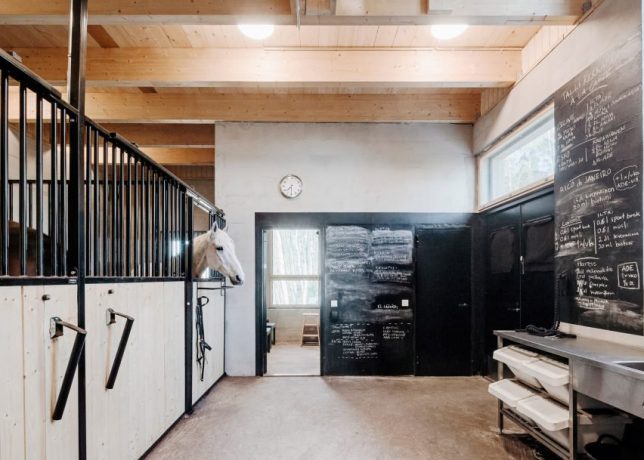
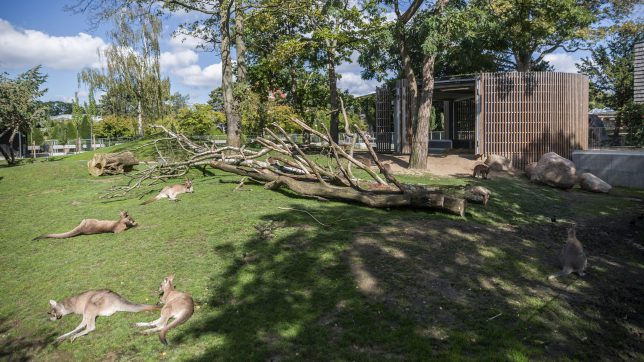
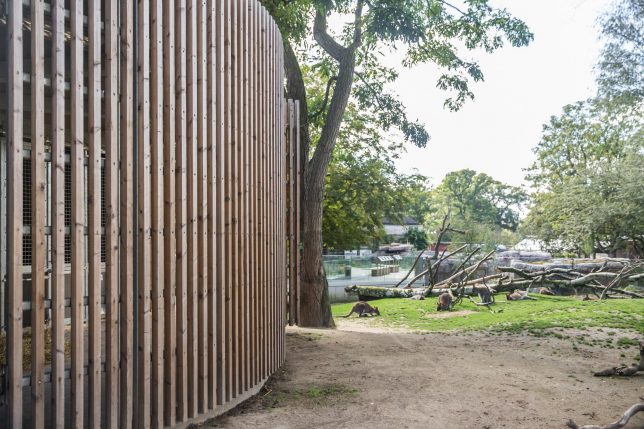
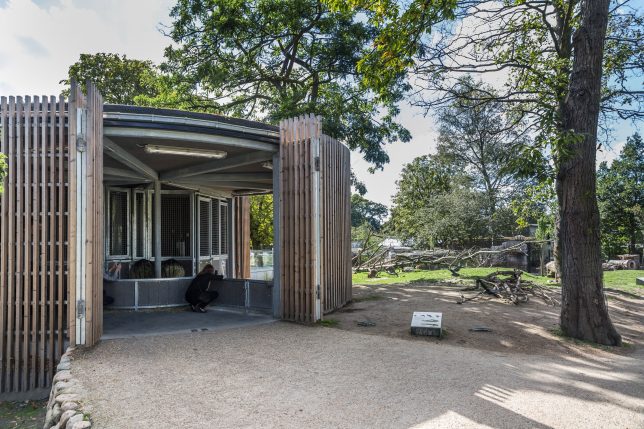
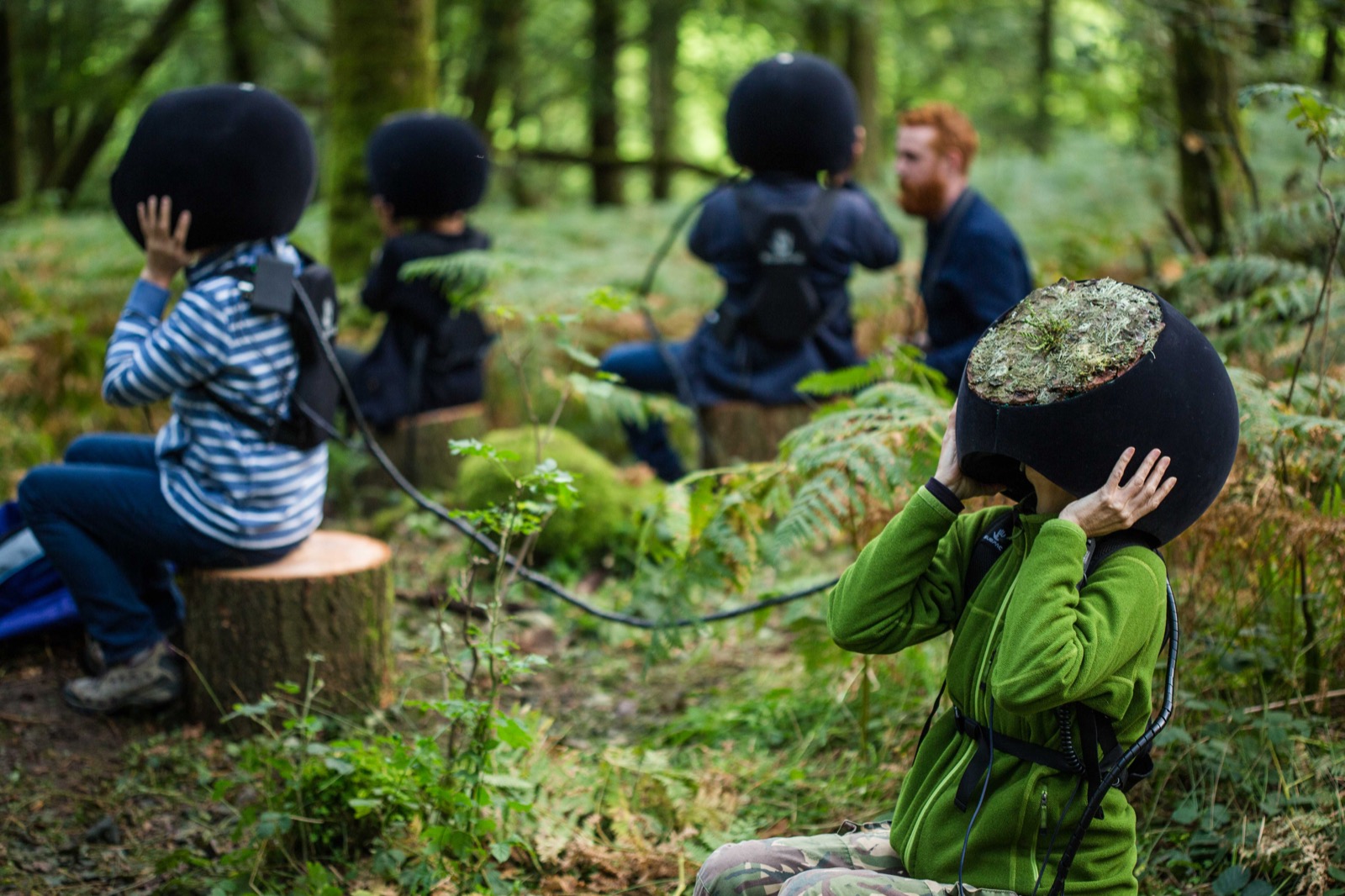
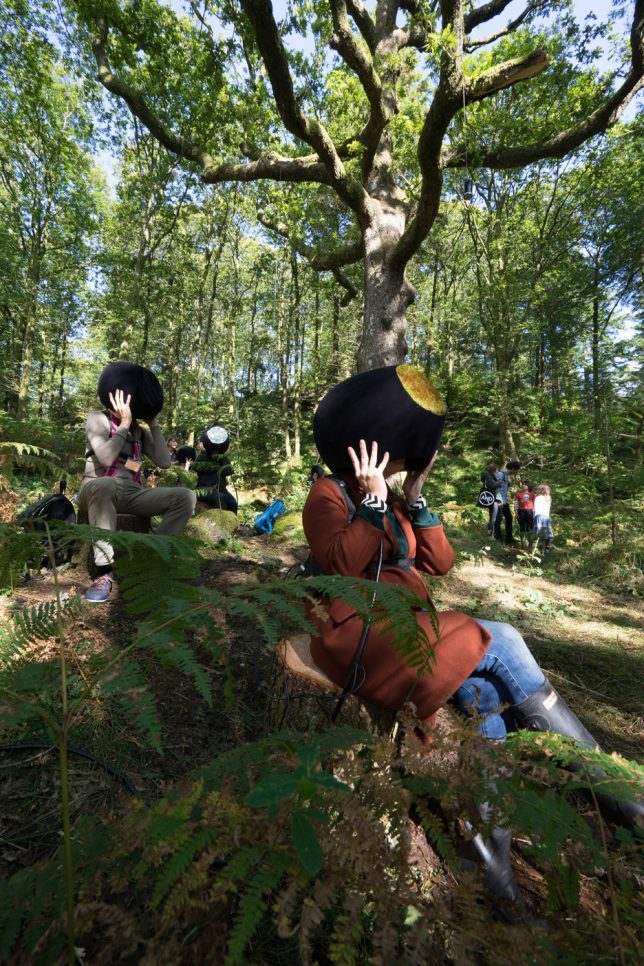

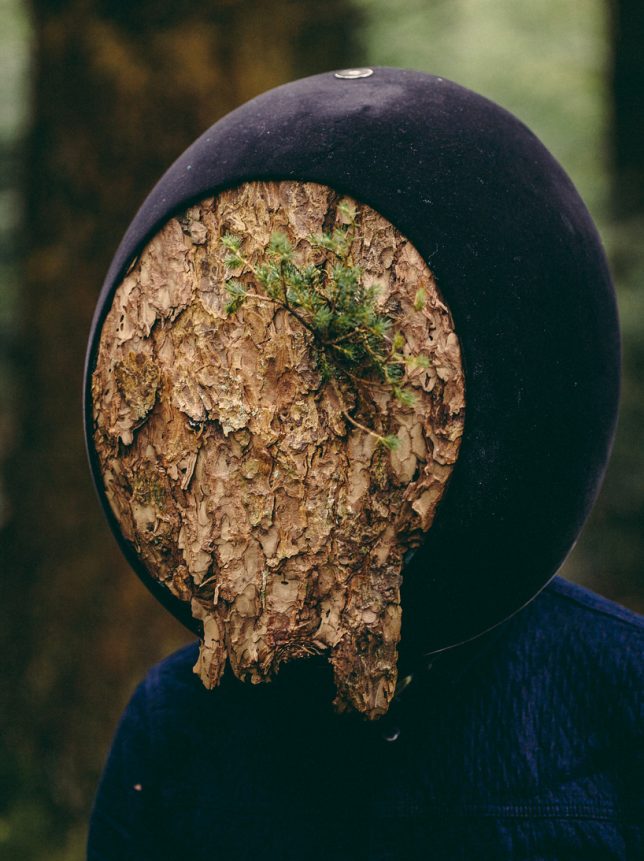
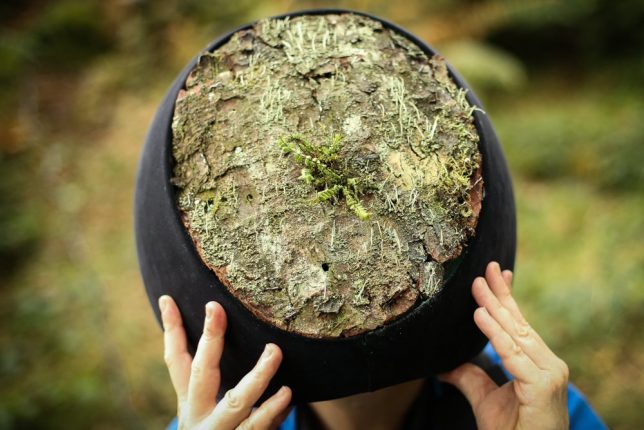
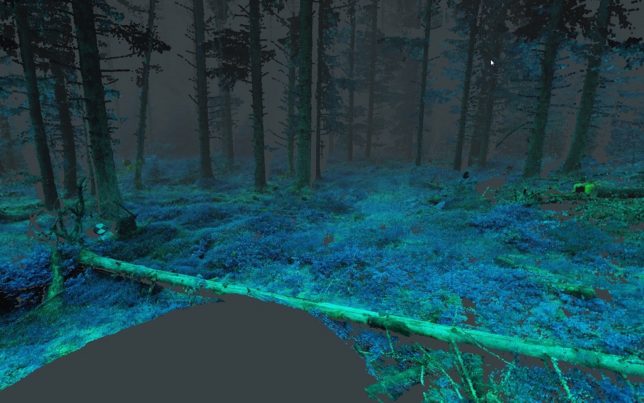
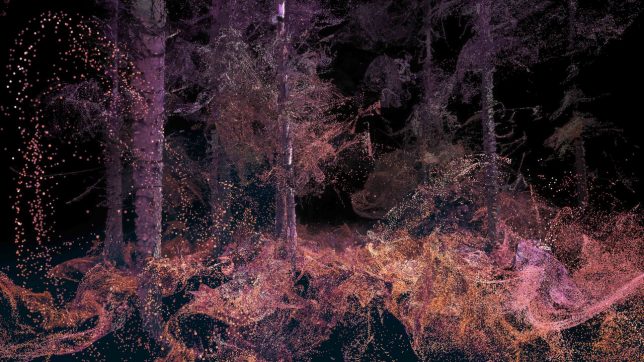
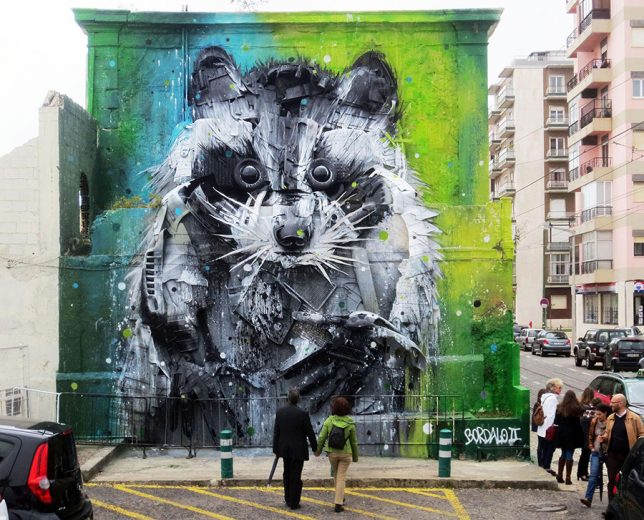
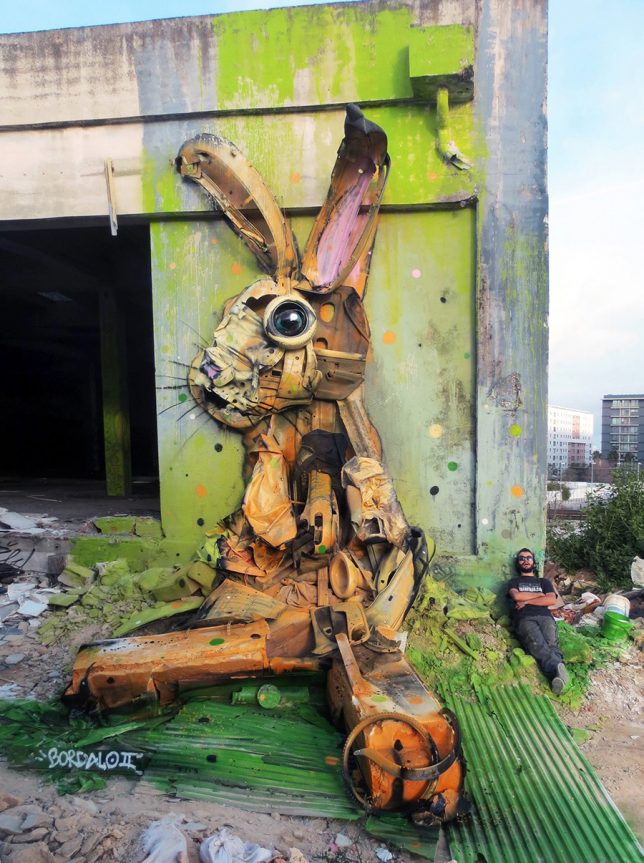
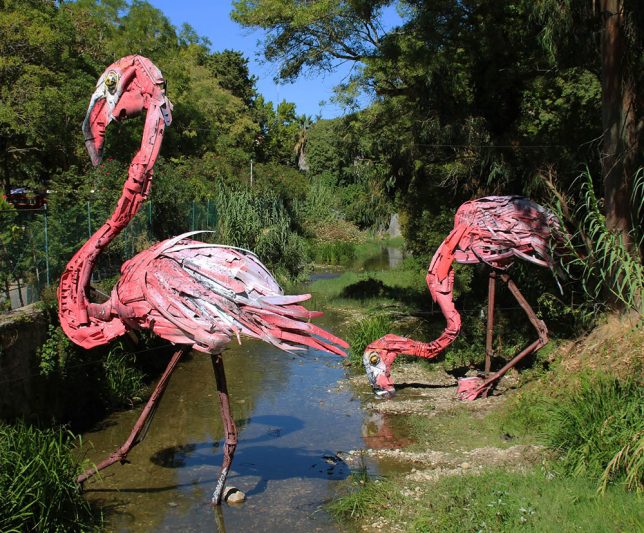
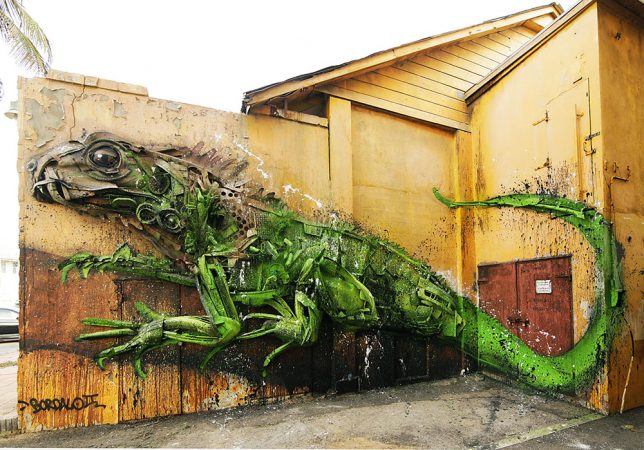

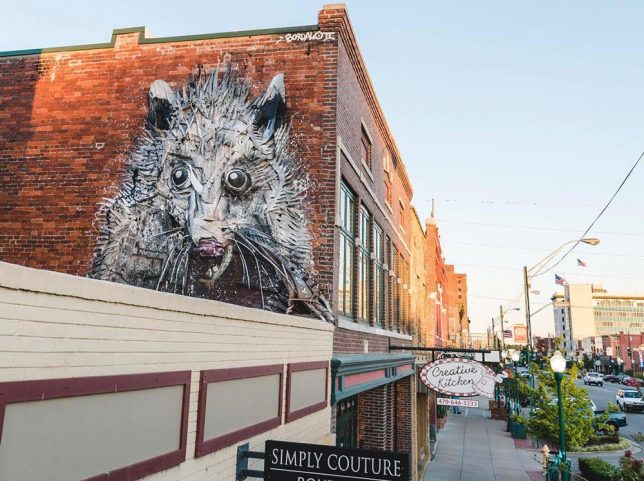
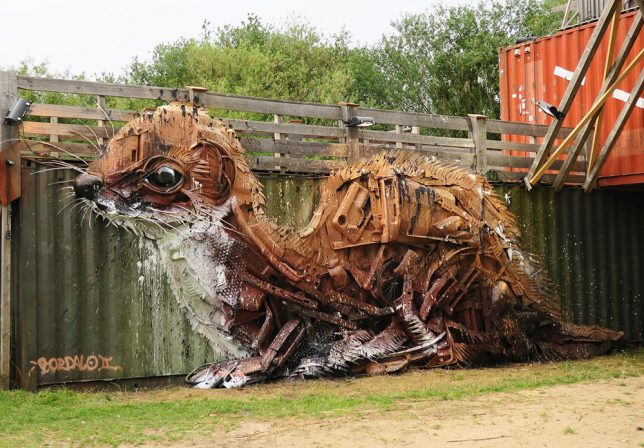

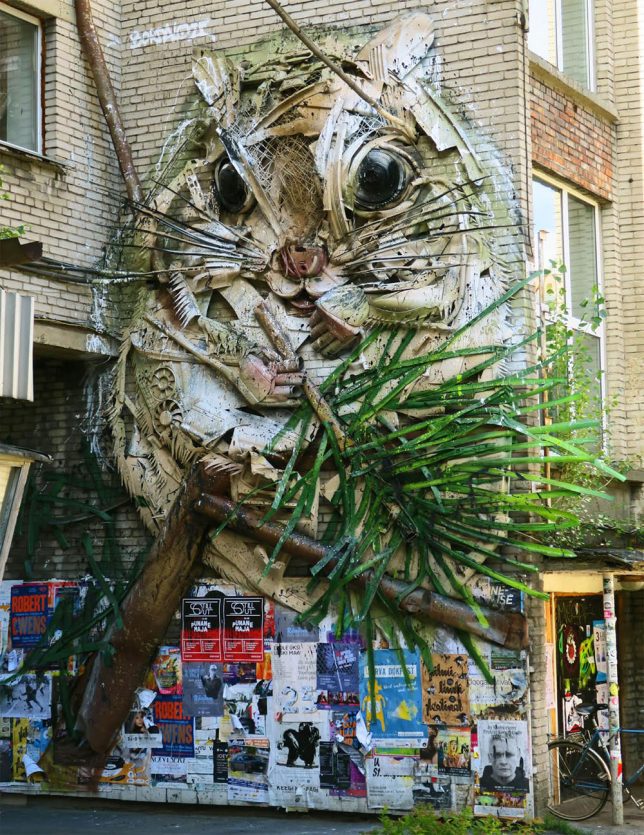
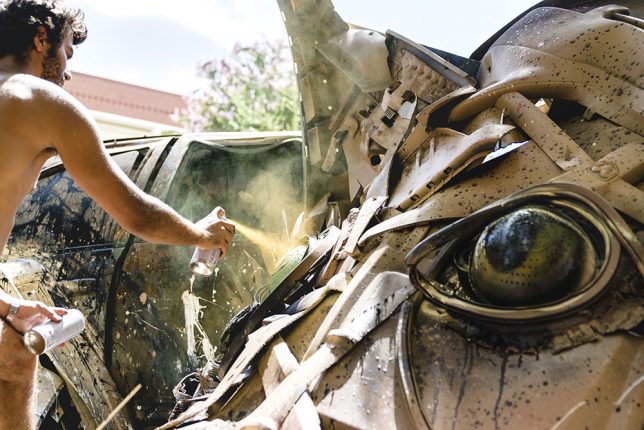
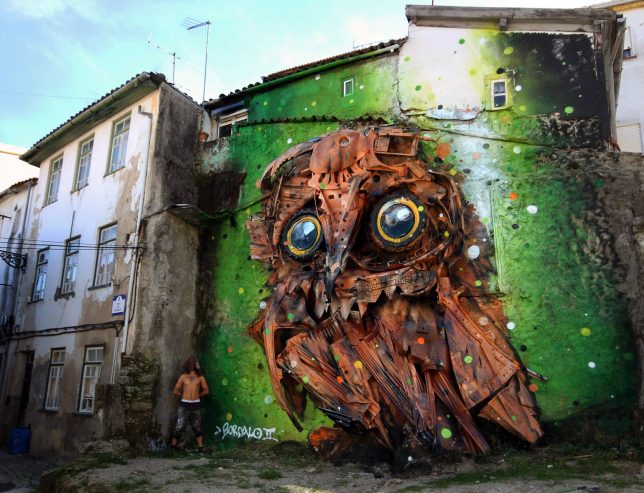
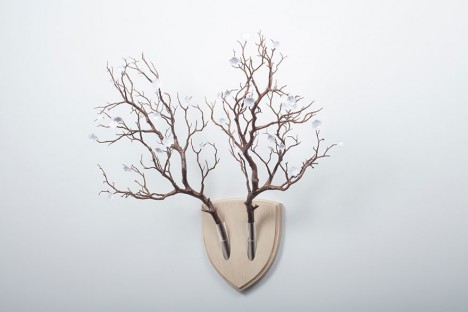
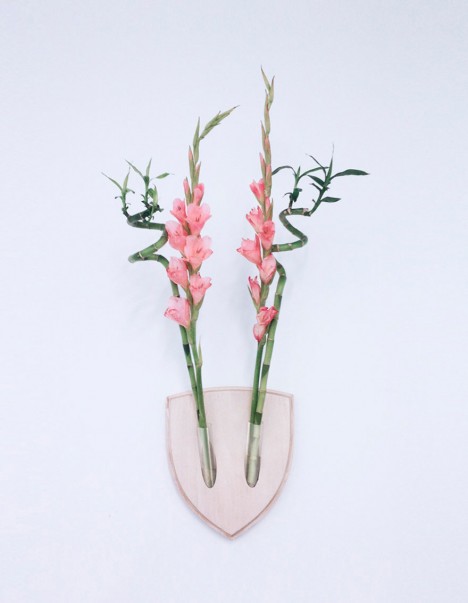
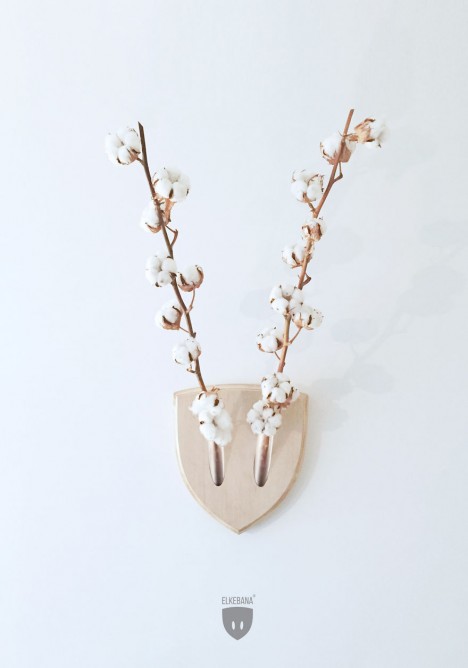
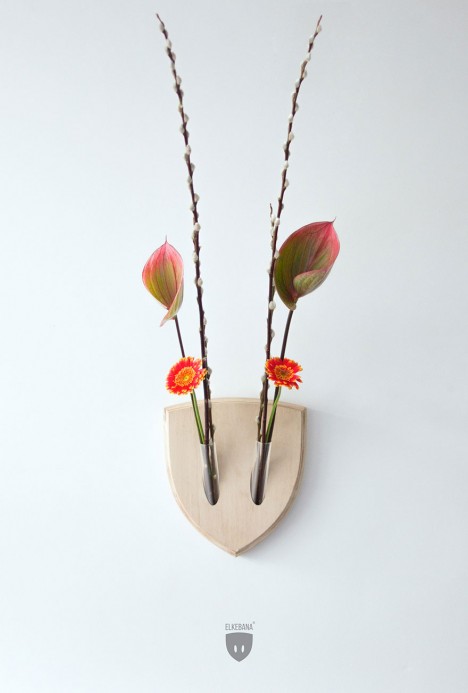
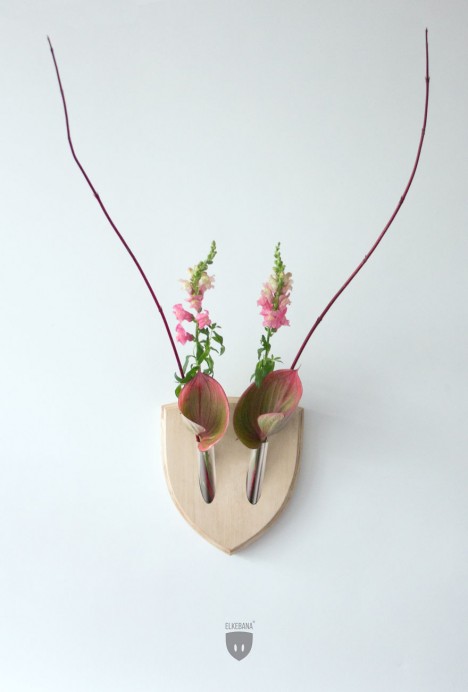
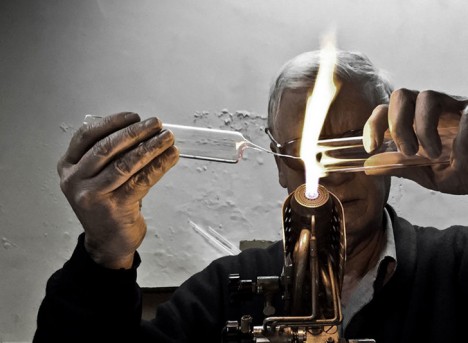
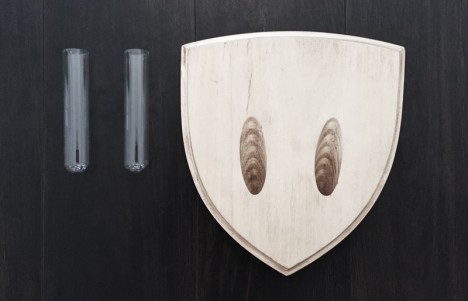
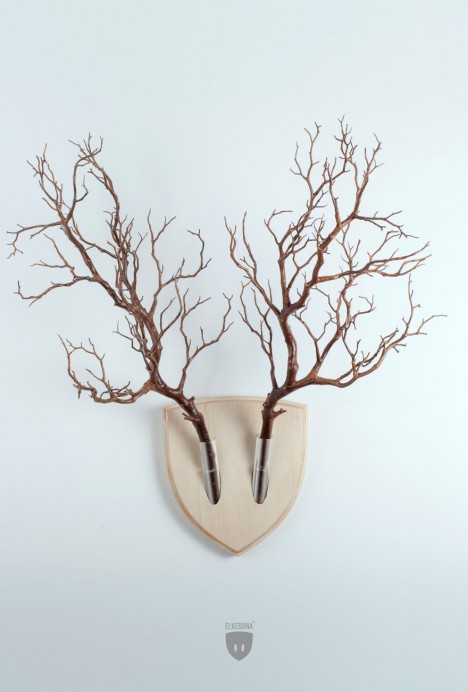
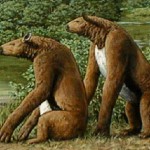
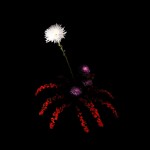
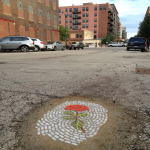




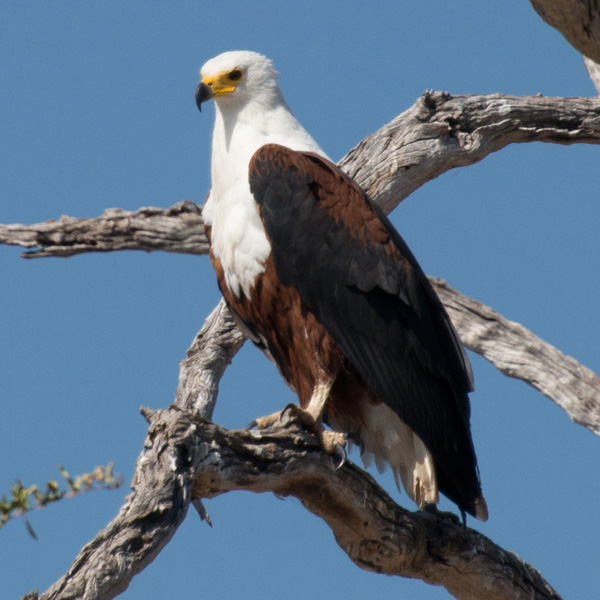
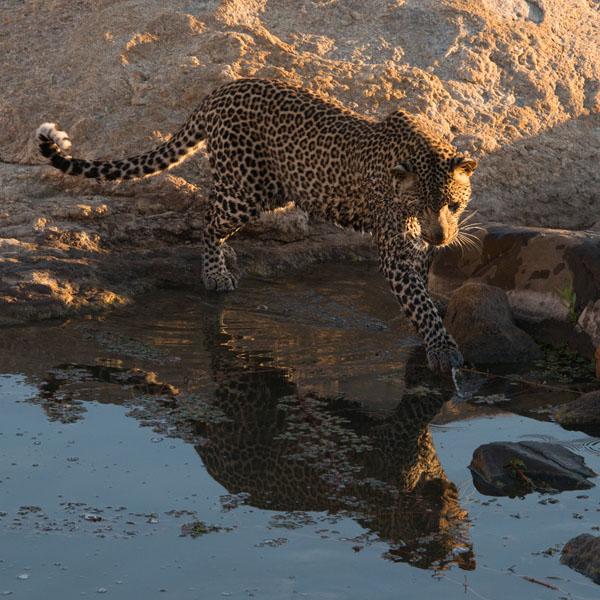
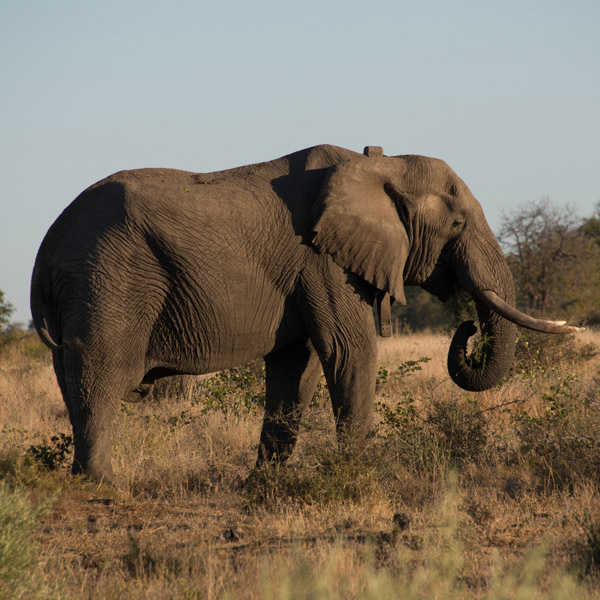
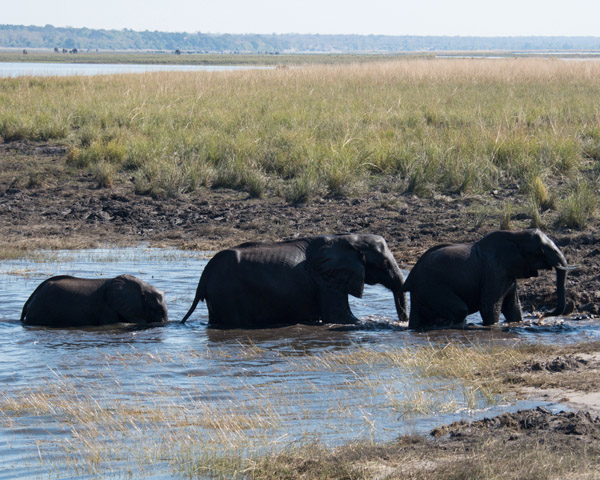
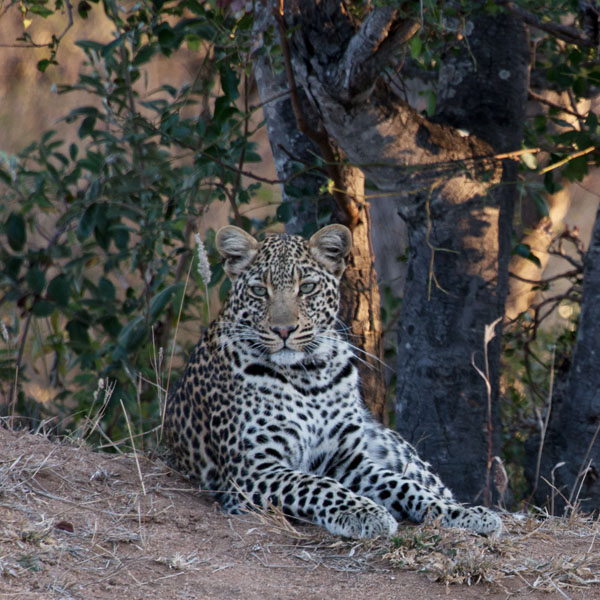
You must be logged in to post a comment.